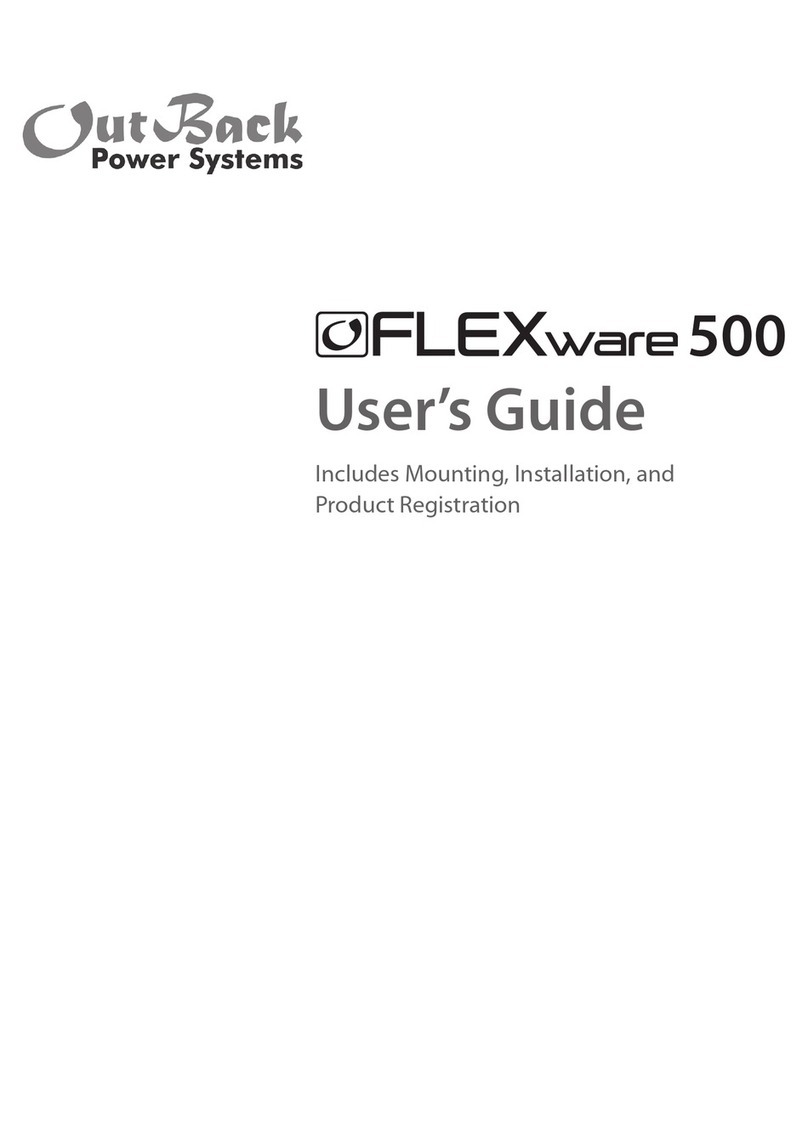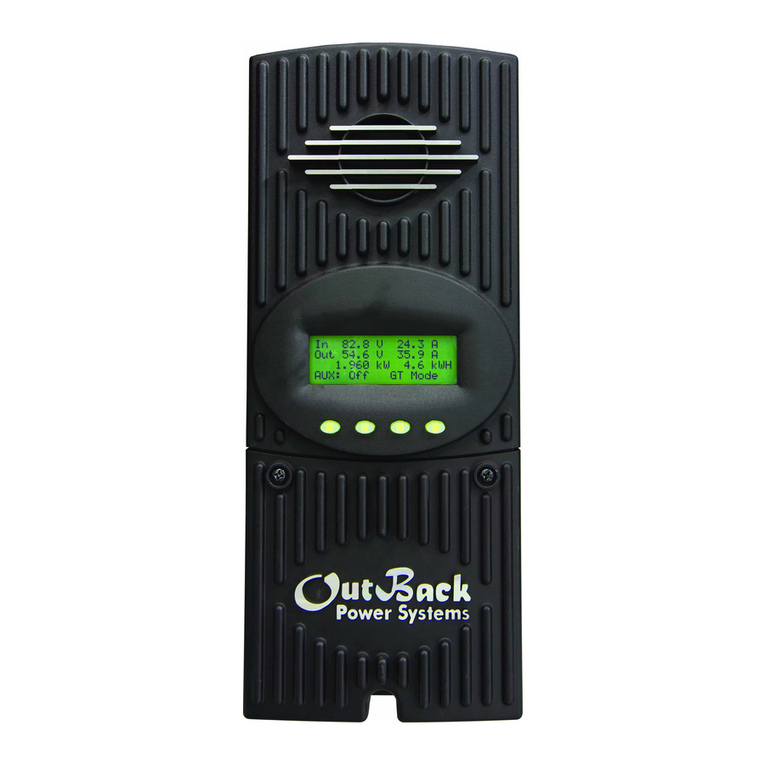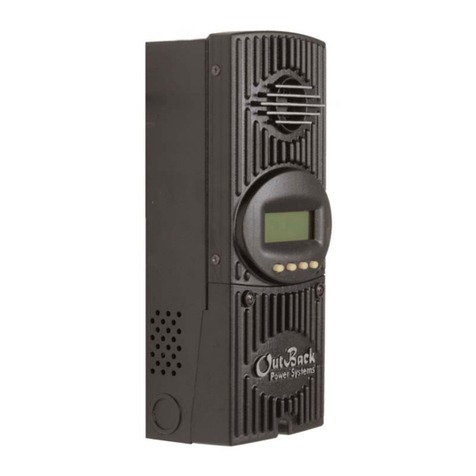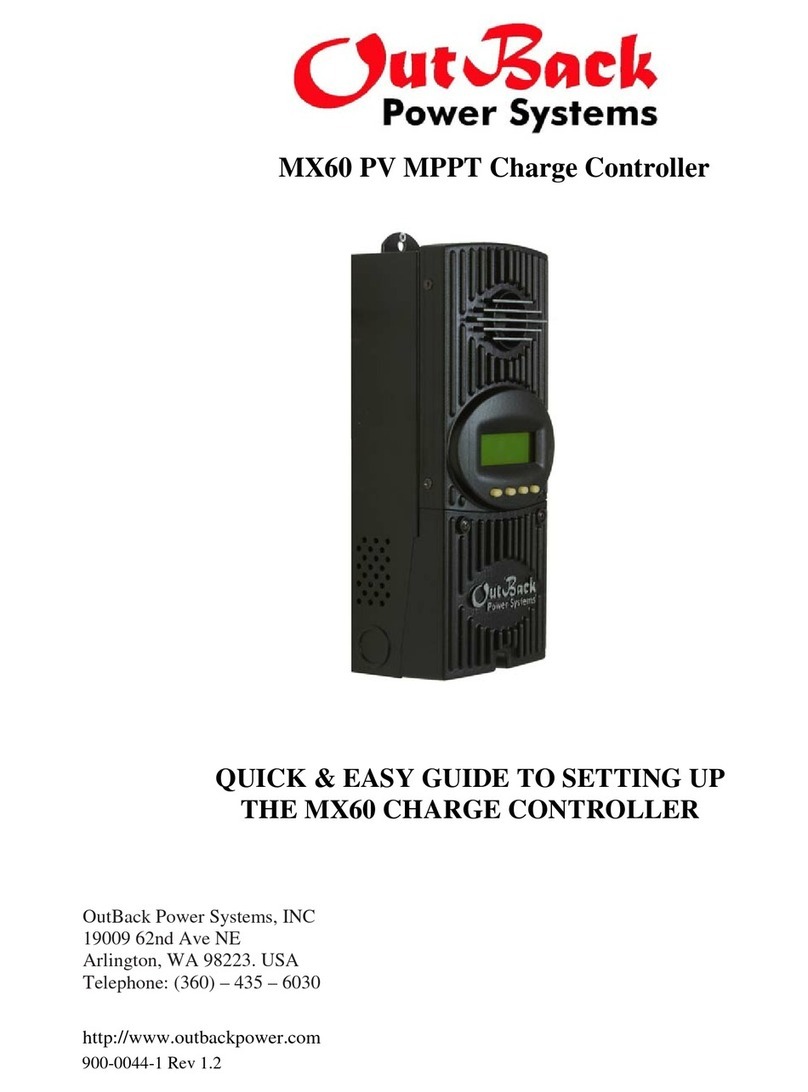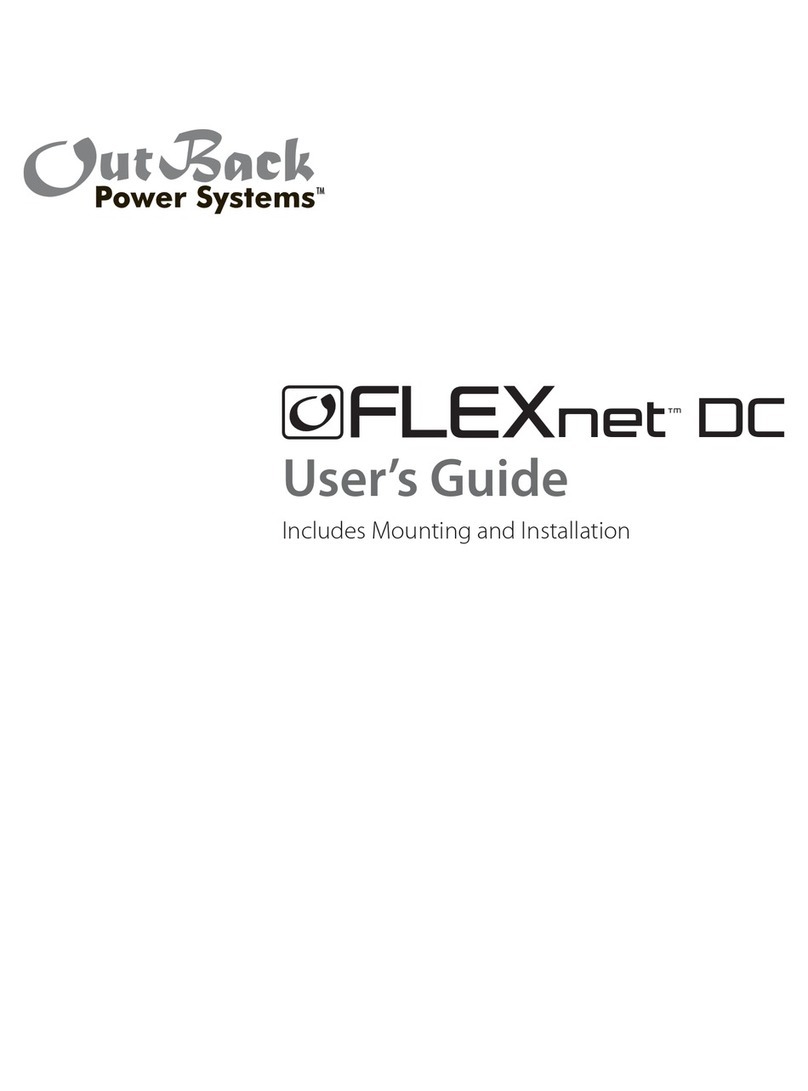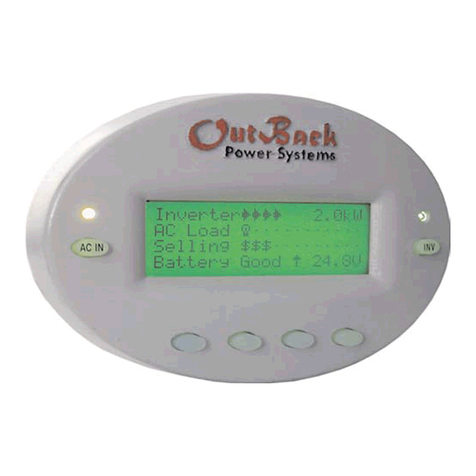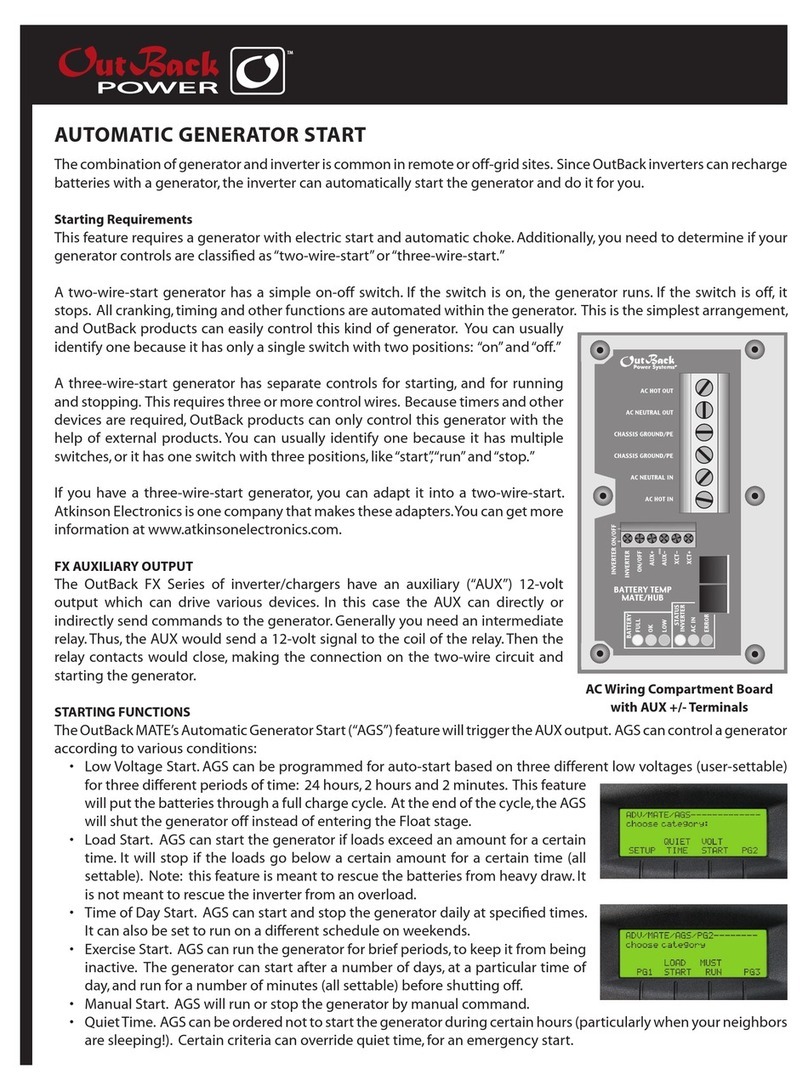
3
TABLE OF CONTENTS
SCOPE .......................................................................................................................................................................................................5
INTRODUCTION..................................................................................................................................................................................5
INSTALLATION GUIDELINES AND SAFETY INSTRUCTIONS.......................................................................................6
Standards and Requirements...........................................................................................................................................6
Battery Safety..............................................................................................................................................................................7
INSTALLING THE Charge Controller ON FLEXware ENCLOSURES..................................................................... 10
OPEN CIRCUIT VOLTAGE/WIRE AND DISCONNECT SIZING................................................................................... 10
CHARGE CONTROLLER CONNECTIONS............................................................................................................................ 12
HOW TO READ THE Charge Controller SCREEN DIAGRAMS................................................................................. 16
POWERING UP .................................................................................................................................................................................. 17
STATUS SCREEN................................................................................................................................................................................ 20
END OF DAY SUMMARY SCREEN .......................................................................................................................................... 21
RECHARGING USING THE PV ARRAY ................................................................................................................................... 21
ACCESSING THE MAIN MENU.................................................................................................................................................. 22
CHARGER SETUP ............................................................................................................................................................................. 23
AUX MODE AND ITS FUNCTIONS......................................................................................................................................... 24
AUX Mode Path...................................................................................................................................................................... 25
AUX Modes Described....................................................................................................................................................... 26
Programming the AUX Modes ..................................................................................................................................... 27
Vent Fan ............................................................................................................................................................................ 27
PV Trigger ......................................................................................................................................................................... 28
Error Output ................................................................................................................................................................... 31
Night Light ...................................................................................................................................................................... 32
Float..................................................................................................................................................................................... 34
Diversion: Relay ............................................................................................................................................................ 34
Diversion: Solid State ................................................................................................................................................ 36
Low Battery Disconnect.......................................................................................................................................... 38
Remote.............................................................................................................................................................................. 40
BACKLIGHT.......................................................................................................................................................................................... 41
EQ (Equalize)...................................................................................................................................................................................... 41
MISC-MISCELLANEOUS............................................................................................................................................................... 44
ADVANCED......................................................................................................................................................................................... 46
Snooze Mode........................................................................................................................................................................... 46
Wakeup Mode......................................................................................................................................................................... 47
MPPT Mode .............................................................................................................................................................................. 47
Park Mpp .................................................................................................................................................................................... 48
CHARGING RELATED SCREENS............................................................................................................................................... 49
Absorb Time............................................................................................................................................................................. 49
Rebulk Voltage........................................................................................................................................................................ 50
